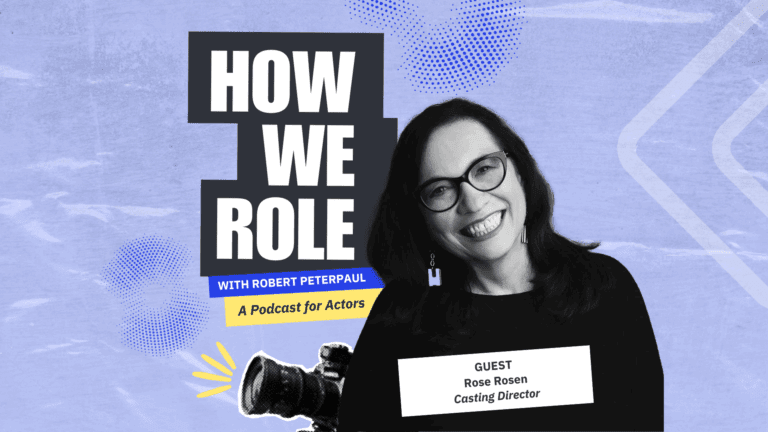So much of our actor training revolves around collaboration. A good actor is a good scene partner. But what about those times when we’re the only ones on stage or screen, with no one to react to, listen to, bounce energy off? Soliloquies and monologues can easily come off as self-indulgent and inorganic. It’s undeniably challenging, as most of us don’t go about our daily life speaking aloud for paragraphs on end to an empty room. So how to avoid that and keep it feeling real in an unrealistic setting?
The first step is to define it. Is it truly a soliloquy, or is it a monologue? Knowing the difference will alter your approach. A soliloquy is when a character speaks their own thoughts aloud, essentially a speech given to oneself. (Occasionally the actor might break the fourth wall and acknowledge the audience in the room, speaking to them, but in the case of a soliloquy the audience is still serving as part of the character’s inner life, rather than as active characters within the world of the play).
Soliloquies are often found in works of William Shakespeare, for example. “To be or not to be,” Hamlet’s famous speech, is a soliloquy. He is working out his own thoughts. In cases like this, keeping the speech active can be a challenge for actors who are used to defining objectives and actions by what they need from their scene partner. But remember, he still needs something. He still has an objective when he speaks. He still has to fight for what he wants. In the case of a soliloquy, the challenge is that many of the obstacles are internal. Encountering and working through these obstacles helps to give the speech shape, pace and stakes.
Much like in musicals, characters break into song when standard dialogue won’t serve them, characters are brought to soliloquies by a need that cannot be met internally. The character has not prepared this speech, they are compelled to speak, and through the course of the soliloquy they should learn something, come to a conclusion or change in some way. Finding the discoveries in the text is key.
A monologue, on the other hand, is delivered to someone else. Another character, an audience within the world of the play, etc. The difference between a monologue and a soliloquy is in the listener rather than the speaker. A monologue is usually more in line with the familiar approach to a scene. You still need something from the listeners. The challenge is to keep the monologue active by continuing to fight for what you want. You still have to listen when delivering a monologue–whoever you’re speaking to will have reactions and opinions that will affect you, cause you to change tactics, etc.
Essentially, all the same rules apply when your soliloquizing–you just have to do more of the work yourself. You still have to beat out the text, fight for objectives, get specific…but this is a rare chance for the audience to get a window into the private inner workings of your character. “To be or not to be” might feel intimidating to approach–actors sometimes feel the need to add gravitas and grandiosity to such famous speeches. I think that does them a disservice. The fun and special part of a soliloquy is getting to drop your character’s public mask. That is what makes them interesting to watch. Invite the audience along for that journey.
Looking to get your big break? Sign up or login to Casting Networks and land your next acting role today!
Related articles:
How to Analyze a Script
How Facial Expressions Impact Your Acting
5 Things to Consider When Self-Submitting













